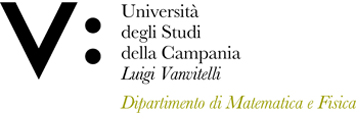Massimiliano GIACALONE
Insegnamento di TEXT MINING IN DIGITAL MARKETING
Corso di laurea magistrale in ECONOMIA E MANAGEMENT
SSD: SECS-S/01
CFU: 8,00
ORE PER UNITÀ DIDATTICA: 56,00
Periodo di Erogazione: Primo Semestre
Italiano
| Lingua di insegnamento | ITALIANO |
| Contenuti | Tecniche statistiche multivariate per l'analisi del text mining. |
| Testi di riferimento | Analisi dei dati e data mining per le decisioni aziendali |
| Obiettivi formativi | 1) Utilizzare nel contesto digitale, il text mining per l'estrazione di informazioni; |
| Prerequisiti | 1)Conoscenza delle tecniche statistiche di analisi univariata e bivariata, statistiche descrittive, distribuzioni di frequenza, distribuzioni di frequenza congiunte, probabilità ed inferenza statistica; |
| Metodologie didattiche | 1)Lezioni di teoria |
| Metodi di valutazione | L'esame finale consiste in due prove successive: |
| Programma del corso | 1) TEXT MINING |
English
| Teaching language | Italian |
| Contents | Multivariate statistical techniques for text mining analysis. |
| Textbook and course materials | Analisi dei dati e data mining per le decisioni aziendali |
| Course objectives | 1) Use in the digital context, text mining for the extraction of information; |
| Prerequisites | 1) Knowledge of statistical techniques of univariate and bivariate analysis, descriptive statistics, frequency distributions, joint frequency distributions, probability and statistical inference; |
| Teaching methods | 1)Lectures on theory |
| Evaluation methods | The final examination consists of two successive tests: |
| Course Syllabus | 1) TEXT MINING. |








